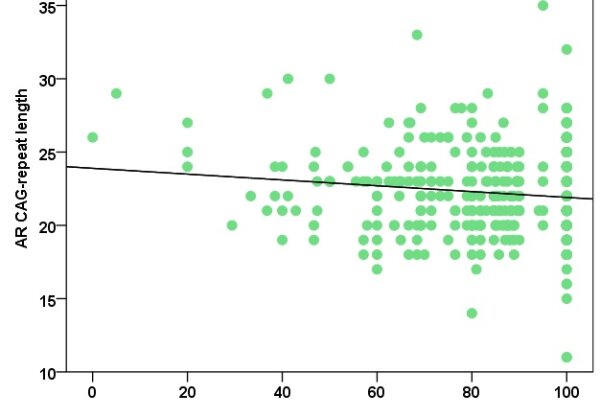2016-02-09

Sex differences in handedness have long been known, but their molecular basis is not well understood. In the present study, a team of scientists from the IKN and the Human Genetics Lab investigated the relationship of CAG-length variation in the androgen receptor gene AR and handedness in a large sample of over 1000 participants. Mixed-handedness in men was significantly associated with longer CAG-repeat blocks and women homozygous for longer CAG-repeats showed a tendency for stronger left-handedness. These results suggest that handedness in both sexes is associated with AR CAG-repeat length, with longer repeats being related to a higher incidence of non-right-handedness. Since longer CAG-repeat blocks have been linked to less efficient AR function, these results implicate that differences in AR signaling in the developing brain might be one of the factors that determine individual differences in brain lateralization.

Sex differences in handedness have long been known, but their molecular basis is not well understood. In the present study, a team of scientists from the IKN and the Human Genetics Lab investigated the relationship of CAG-length variation in the androgen receptor gene AR and handedness in a large sample of over 1000 participants. Mixed-handedness in men was significantly associated with longer CAG-repeat blocks and women homozygous for longer CAG-repeats showed a tendency for stronger left-handedness. These results suggest that handedness in both sexes is associated with AR CAG-repeat length, with longer repeats being related to a higher incidence of non-right-handedness. Since longer CAG-repeat blocks have been linked to less efficient AR function, these results implicate that differences in AR signaling in the developing brain might be one of the factors that determine individual differences in brain lateralization.